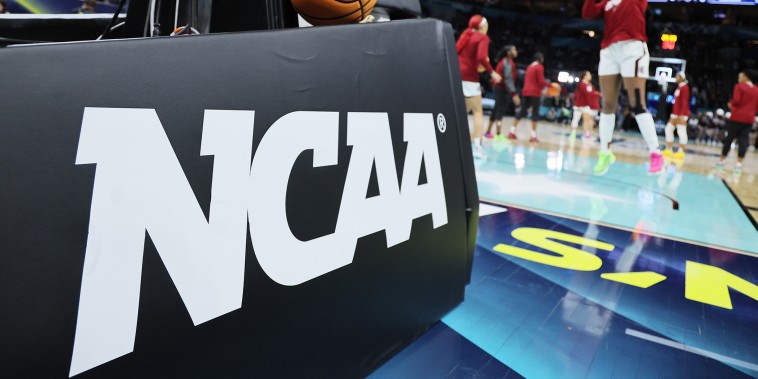In light of the recent settlement between the National Collegiate Athletic Association (NCAA) and student-athletes, the landscape of college sports stands on the brink of transformation. The implications of this historic agreement extend far beyond monetary compensation, touching upon issues of fairness, equity, and the future of student-athlete rights.
One of the key aspects of the settlement is the provision for student-athletes to be paid for the use of their name, image, and likeness (NIL). This groundbreaking move marks a departure from the traditional stance of college sports governing bodies, which have long maintained strict regulations prohibiting athletes from profiting off their own identities. By allowing student-athletes to benefit from their NIL rights, the NCAA is recognizing the inherent value of these individuals and their contributions to the multi-billion dollar college sports industry.
The impact of this shift towards NIL compensation is likely to be far-reaching. Not only will student-athletes have the opportunity to earn income from endorsements, sponsorships, and other commercial ventures, but they will also gain greater control over their public image and personal brand. This newfound autonomy has the potential to empower athletes to take ownership of their careers and leverage their platform for social and economic gain.
Moreover, the settlement paves the way for greater transparency and accountability within college sports programs. By requiring schools to disclose financial agreements with student-athletes and adhere to strict guidelines on compensation, the NCAA aims to level the playing field and mitigate concerns of inequality and exploitation. This move towards financial transparency represents a significant step towards promoting fairness and equity in college athletics.
Beyond the financial implications, the settlement also has broader implications for the future of student-athlete rights. By securing the ability for student-athletes to profit from their NIL rights, the NCAA is setting a precedent for other institutions and organizations to follow suit. This shift in policy reflects a growing recognition of the value of student-athletes and their right to equitable treatment and compensation.
In conclusion, the historic settlement between the NCAA and student-athletes represents a watershed moment for college sports. By paving the way for NIL compensation and greater financial transparency, the agreement promises to reshape the landscape of college athletics and empower student-athletes to exercise greater agency over their careers. As the implications of this settlement continue to unfold, the future of college sports looks set to be defined by principles of fairness, equity, and respect for the rights of student-athletes.
